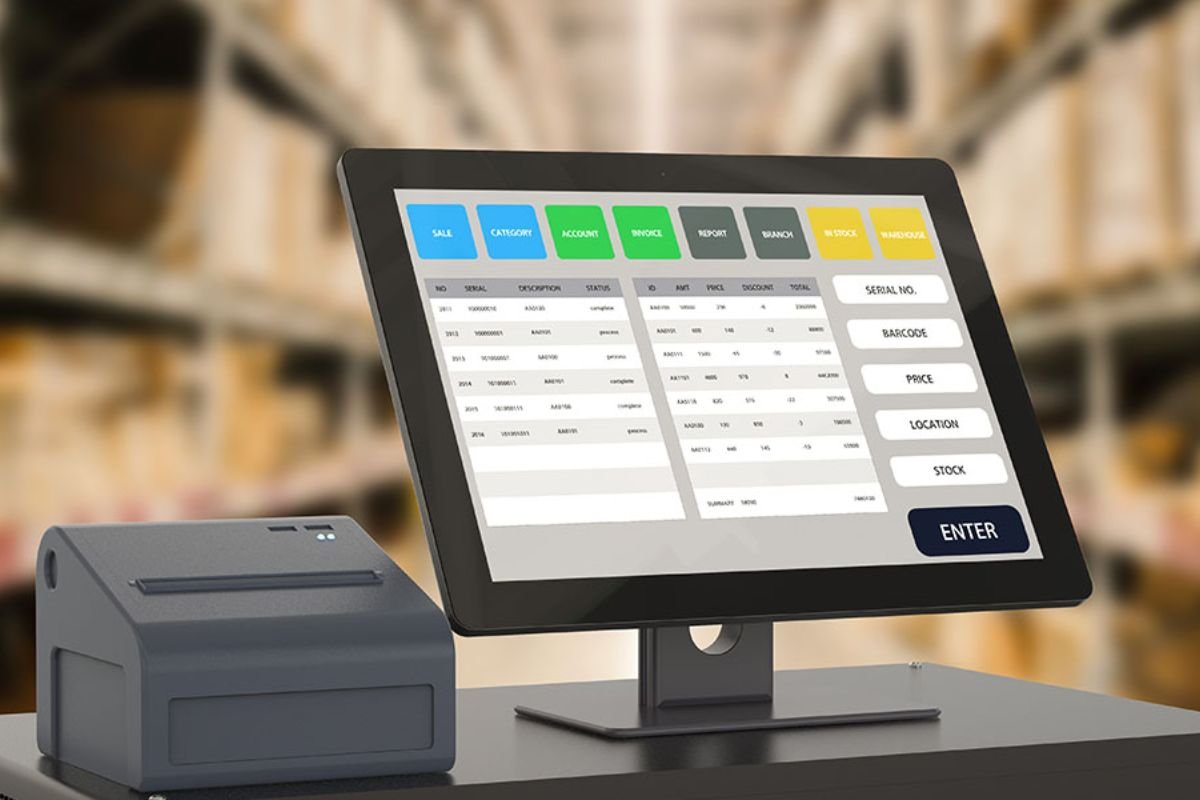Did you know that the healthcare sector is undergoing a significant transformation, with Electronic Health Records (EHRs) at the forefront? With advances in AI and ML, Electronic Health Records (EHRs)are able to provide a comprehensive overview of patient data and can integrate information from different specialties. In 2022, the EHR market was worth over $62.5 billion, and it only continues to grow.
For healthcare professionals, data consolidation is invaluable, especially when collaboration is needed. In this article, we will explore what exactly EHRs do and how they differ from similar solutions. We will also look at the real-world benefits they provide, not just for healthcare professionals but for patients as well.
What Exactly is an EHR, and What Are Its Benefits?
Electronic Health Records (EHRs) represent a transformative shift in the way healthcare information is stored, managed, and accessed. In essence, an EHR is a comprehensive digital repository of an individual’s health-related information. This includes their medical history, diagnoses, treatments, medications, lab results, and more.
As the healthcare sector continues to evolve, understanding the potential of Electronic Health Records (EHRs) is crucial for delivering high-quality patient care. Let’s look at their key benefits.
Key Benefits of Electronic Health Records (EHRs)

There are several benefits that accompany EHR usage. For instance, studies have shown that it helps reduce medical errors by over 50%. When you are dealing with the lives of people, that is a massive boon that can’t be ignored.
Data also shows that 92% of healthcare providers feel that their clinical workflow has improved as a result of Electronic Health Records (EHRs) systems. This is not surprising at all, especially when you consider how it helps cut down time spent on administrative tasks by 35%. They often come with features that send automatic alerts for drug interactions, allergies, or other potential issues.
Many of them are able to remind providers of preventive care measures or screenings that are due, ensuring that nothing is overlooked.
Electronic Health Records (EHRs) can generate reports that help providers analyze patterns, track patient outcomes, and measure the effectiveness of treatments. Lastly, they can also be integrated with other software systems used in healthcare, such as billing and laboratory information systems.
There are several other benefits, of course, but these are the standouts.
The Increased Collaboration Between Healthcare Professionals Helps Patients
We know physicians greatly benefit from EHR systems, and this, in turn, has a net positive effect on patients. In fact, over 64% of healthcare providers admitted that EHR systems improved the quality of care they could provide patients.
When healthcare providers work together, they can share their expertise and knowledge. This leads to more accurate diagnoses and makes treatment plans more effective.
When multiple professionals review a patient’s care plan, oversights are less likely to occur, and potential issues can be identified and addressed promptly.
The collaboration that EHR systems allow also leads to reduced healthcare costs. This is because a lot of duplicate and redundant testing is avoided. Thus, we can see that EHR systems allow for a more comprehensive view of the patient.
How Do EHR and EMR Systems Differ From Each Other?
Electronic Medical Records (EMRs) sound like they already do the same things, but do they? EMR vs. EHR, are they really the same? What’s the difference?
Well, EMRs are essentially digital versions of the traditional paper charts found in a doctor’s office.
They contain the medical and treatment histories of patients within one practice. EMRs can help improve patient tracking over time, allowing healthcare providers to identify patients due for preventive screenings or checkups.
However, their main drawback is that they are typically limited to the confines of one clinic. They don’t easily travel outside the practice, making it challenging to share information if a patient is referred to another specialist.
EHRs, on the other hand, offer a broader view than EMRs. They contain everything you’d find in an EMR and more. They focus on the total health of the patient, collecting information from all the providers involved in the patient’s care.

EHRs can also be accessed by patients through portals, allowing them to view their health records, book appointments, and communicate with their doctors. They also enable the electronic transmission of prescriptions.
That’s not to say that EMRs are in any way inferior to EHRs. They simply serve different purposes. According to Psyquel, EMR software is particularly helpful in simplifying the complicated data entry process. They also offer seamless data management on a much more localized level.
Conclusion:
The integration of EHRs in healthcare is very much a monumental shift towards enhanced patient care and improved collaboration among professionals. When there is a consolidated view of a patient’s health history, it simply facilitates better communication between providers.
Thus, it’s not an overstatement to say that EHRs are revolutionizing the way healthcare is delivered. While they have their own unique usage challenges, the benefits they bring to the table are undeniable.





